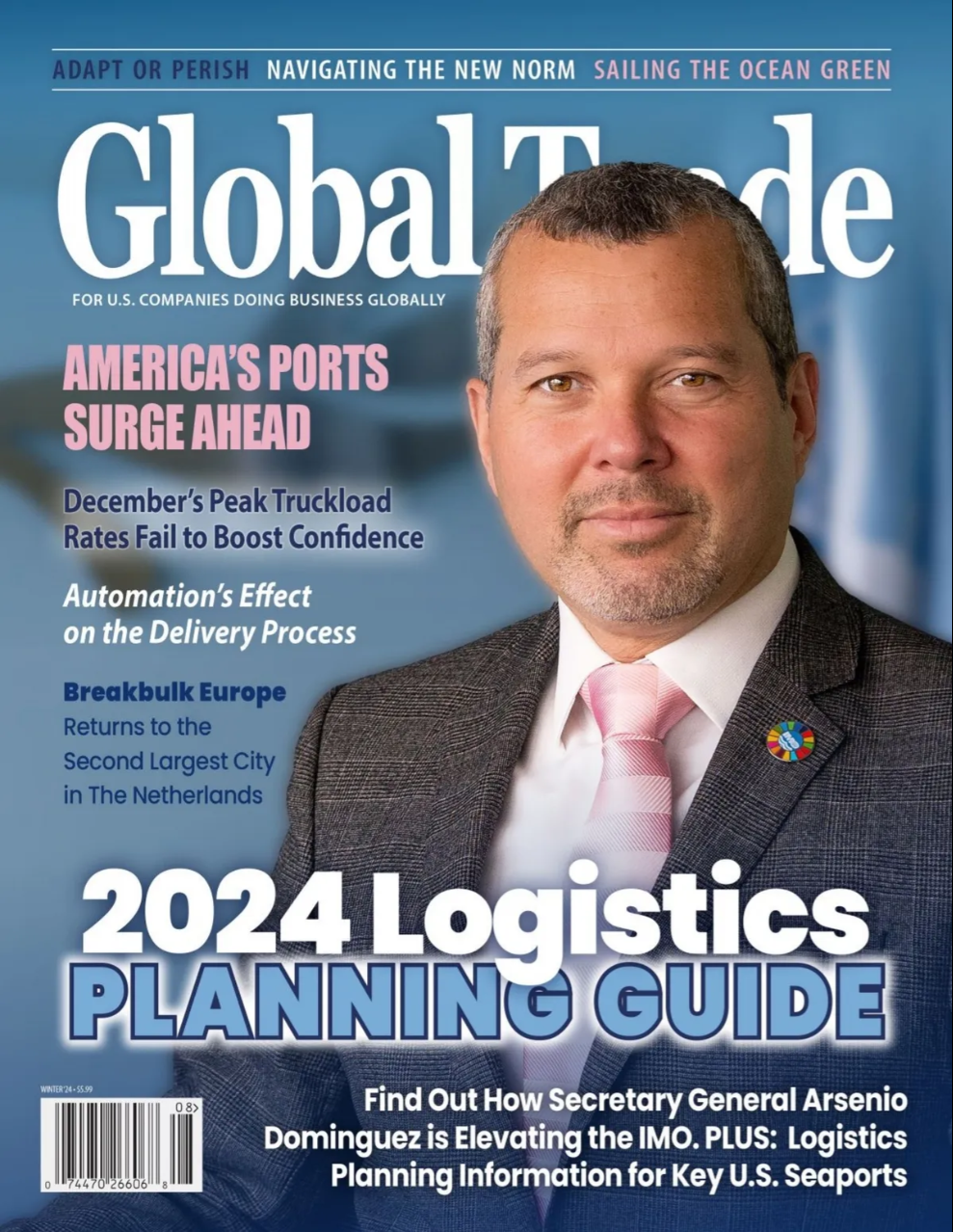Whether you organize them for customers or investors, company tours can be an excellent way to showcase your professionalism and establish a bond with your audience. Many business owners understand that now, gladly giving tours to all interested parties. However, even when they do, one area tends to often be avoided or overlooked — the manufacturing facility.
Now, that’s not too surprising. After all, manufacturing facilities are noisy, large, and these tours take lots of planning and preparation. Still, there is much to be gained from taking your investors and customers to your manufacturing facility. Let’s take a closer look.
How Manufacturing Facility Tours Work As Marketing Tools
It may come to you as a surprise to hear that most suppliers, customers, and investors appreciate manufacturing facility tours. They present a unique opportunity to see where your products are made, what the process looks like, and how you handle everything. In a way, touring your manufacturing facility can make your audience feel like they know and understand you better.
And do you know what marketing is all about? Well, building relationships and a sense of familiarity with the audience. Your manufacturing facility tour would serve this exact purpose, proving to be one of the best marketing tools at your disposal.
Just think about it — do you prefer to invest in or buy products that come from a source you know or to have faith in something you understand nothing about? Most people, probably including you, would agree with the former. The same goes for your investors, customers, and suppliers — they want to feel like they can trust you.
On top of that, a clean and efficient manufacturing facility can greatly improve your audience’s impression of your company. Investors will be more willing to invest when they see their money is going into something worthwhile. Similarly, customers will be more likely to stay loyal if they know you have nothing to hide.
What’s more, a successful tour itself is sure to be impressive. After all, if you manage to present and explain everything even in such a busy, noisy environment, you’ll prove that you’re professional and resourceful.
How to Organize a Tour in Your Manufacturing Facility
Now that you see the benefits of giving a tour of your manufacturing facility, the question is only how to successfully organize it. As we said, that’s not at all simple — all the noise in the factory is sure to make it more difficult to talk. Still, there are ways to overcome these problems and organize an excellent tour. And here is what they are:
Use a High Noise Headset
When touring a noisy manufacturing facility, you have only one option — to shout and hope everyone hears you. That, of course, isn’t the best solution since those members of the group who stand further away are almost guaranteed not to understand anything. Yet, for a long time, it seemed that there was no other way.
Things have changed now, though. Now you can get high noise headsets for your tours and hand them out before you enter the facility. Thanks to these, even when you speak in your normal voice, everyone in the group will hear you clearly.
Unsurprisingly, that already drastically improves the experience. First of all, you won’t have to shout and strain your voice, which will help you sound more confident and collected. Instead of worrying if people can hear you, simply speak as you practiced, and you’ll surely get your point across.
What’s more, your audience won’t have to strain to hear or fight for a spot closest to you. Instead, they can comfortably spread out and still listen to you speak. Thanks to the noise-canceling features of the headsets, they will surely hear your every word.
Don’t Restrict Your Audience’s Movements Entirely
Of course, letting the tour participants wander wherever they want is out of the question. Some areas are out of bounds, and that’s perfectly fine. However, you should allow them at least some degree of freedom to look around or even touch things. That way, they’ll stay interested in your presentation longer and remember it better.
So, before you start the tour, tell them where they can and can’t go and what they can and can’t touch. Then you can do your tour in peace as you walk around, without fear that someone will get hurt or break something.
Don’t Promote Your Brand Too Much
Your tour may serve as a marketing tool, but that doesn’t mean you have to promote your brand every chance you get. Such obvious advertising can be quite off-putting and may do more damage than good.
What you want to do instead is promote your company by giving interesting facts and information, and showing how things work. Explain what your business stands for and its mission, show your vision and focus on your relationships with customers and employees. That’s sure to be far more engaging and create an overall positive impression of your company.
In Conclusion
Ultimately, with a bit of work and planning, you should be able to set up a great tour for your customers and investors. Of course, a manufacturing facility tour is almost impossible to have without high noise headsets for your audience. You’ll have to provide those, but view them as an investment. After all, tours of this kind can only help elevate your company’s reputation.
__________________________________________________________________
Author: Rick Farrell, President, Plant-Tours.com
Rick is North America’s foremost expert in improving manufacturing group communication, education, training and group hospitality processes. He has over 40 years of group hospitality experience, most recently serving as President of Plant-Tours.com for the last 18 years. He has provided consulting services with the majority of Fortune 500 industrial corporations improving group communication dynamics of all types in manufacturing environments.











